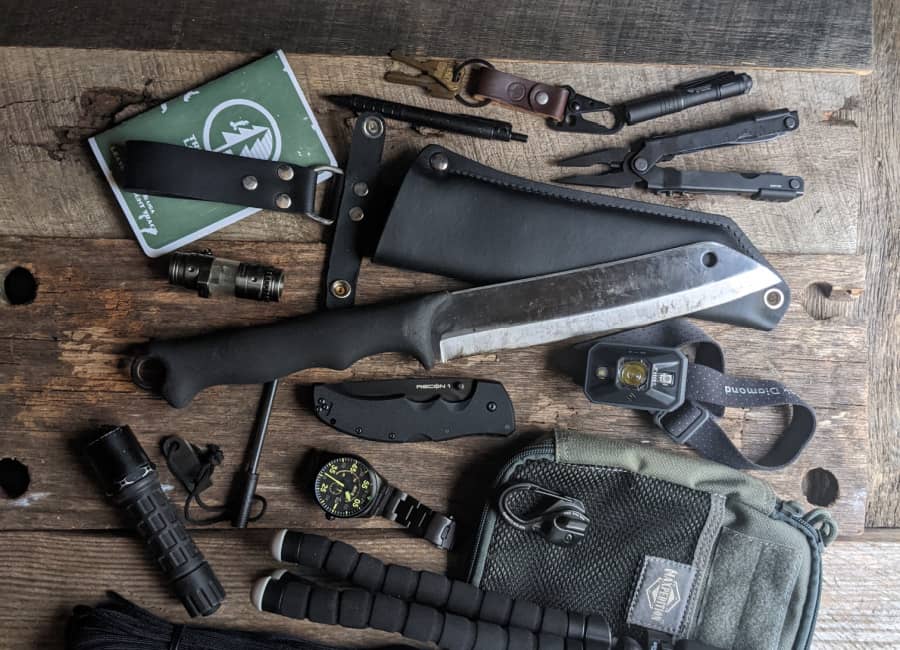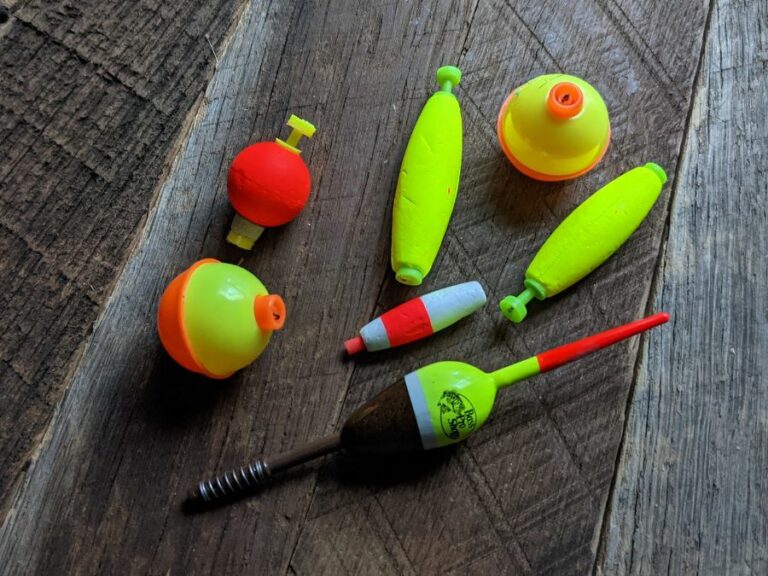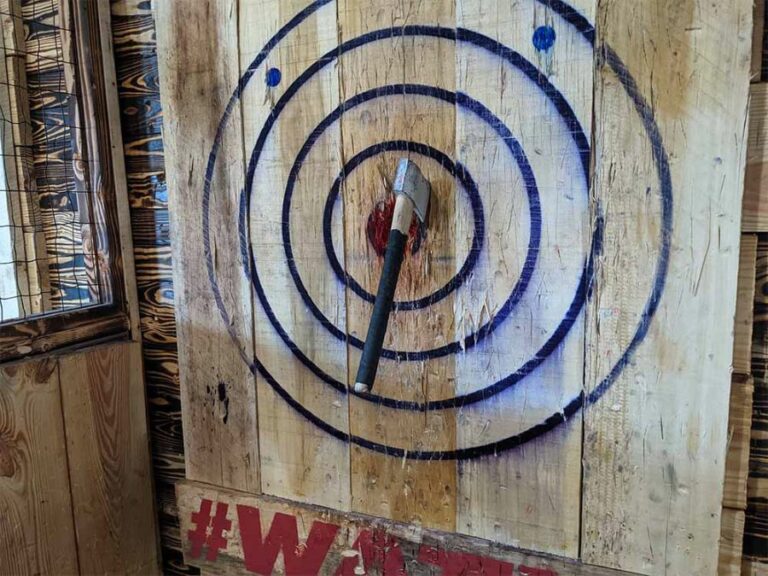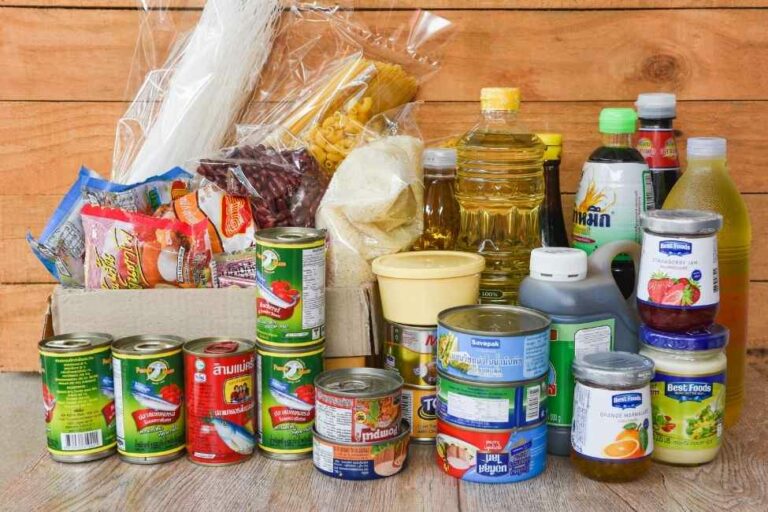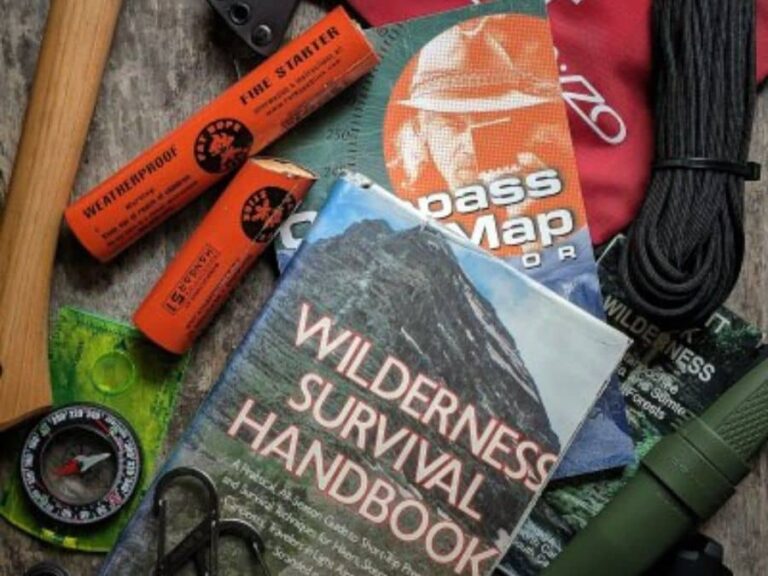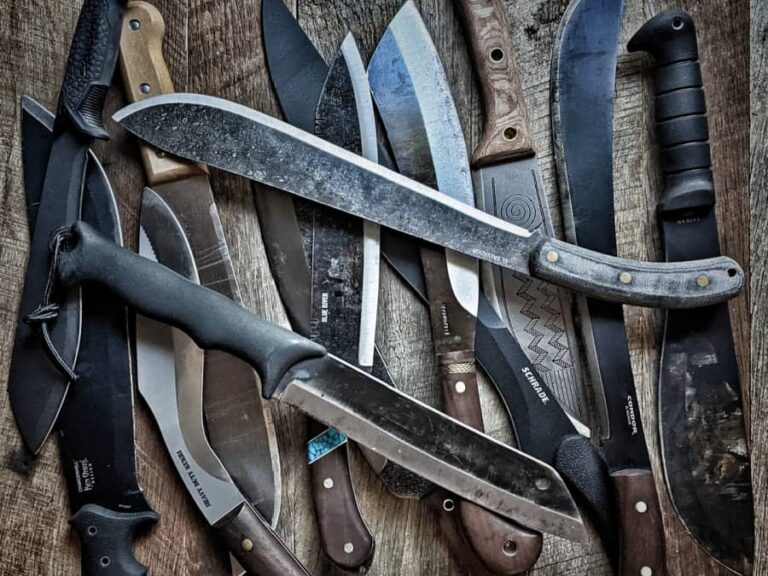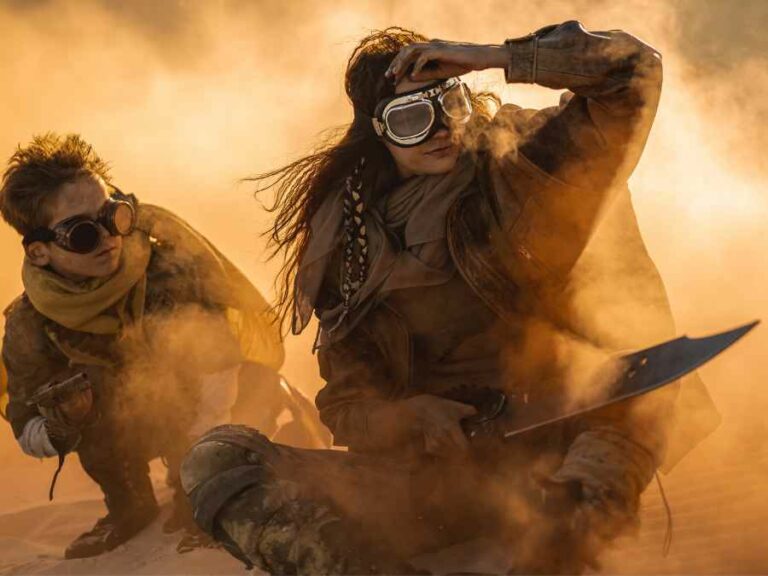Can You Really Survive With Just A Survival Knife
Yes, you can survive with just a survival knife. A heavy-duty, well-made fixed, blade knife will be your best friend in many emergencies. However, we should dive deeper into the question because my answer to this question may surprise you or bother you off.
First, think about what type of realistic survival situations you may find yourself in. In most cases, you won’t be too far from help or civilization if you get in trouble. In that case, walking for help or waiting for help to arrive is easier.
It’s only when you start to put yourself in higher-risk situations, such as solo backpacking or off-grid camping, that the reality of having to survive would come into play. In these types of survival scenarios, having your survival knife is essential.
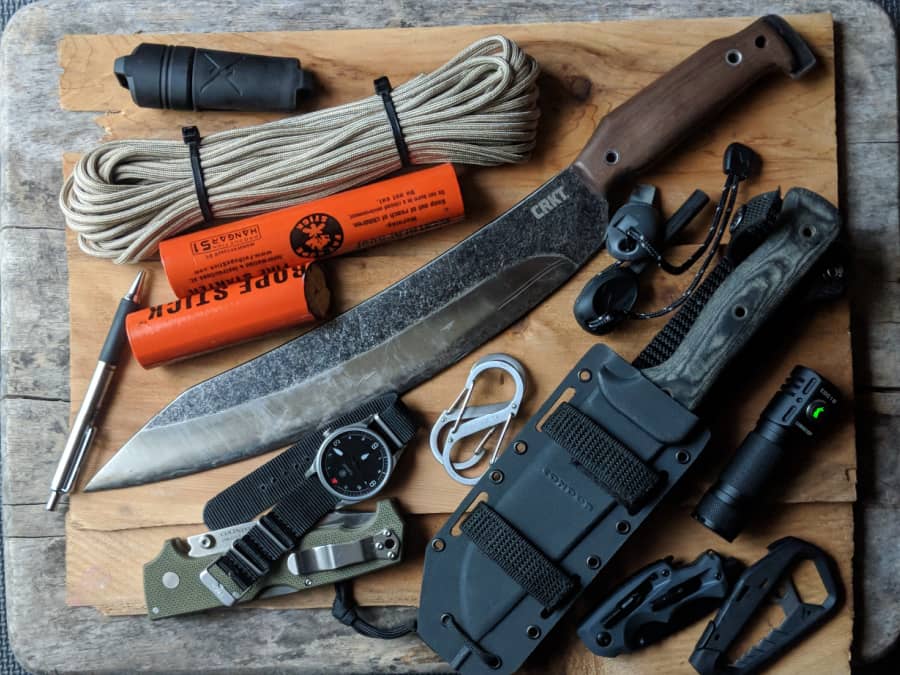
Let’s say you are going fly-fishing, and you want to explore a little-known stream. After a long day of fishing, you become lost on the way back. You may have gone in the opposite direction and hiked for an hour only to find yourself lost as darkness approaches. In this case, you should use your phone and call for help, but let’s say you are in an area with no cell service. Can a fixed-blade survival knife help?
The answer is yes, without a doubt. However, one night alone in the woods never killed anybody but let’s just run with the emergency situation for some fun. A survival knife is the ultimate tool for survival, hence the name. It’s an essential item that can do almost anything for survival purposes.
With a survival knife, you can build shelter and make tools, cut rope or cloth, start fires, open cans and containers, hunt and prepare food, and so much more. I’m not saying you can’t do those things with a Spyderco PM2, but you came here wanting to know about a survival knife, right?
So, with just your survival knife, you could easily spend the night in comfort. You could use the survival knife to cut branches to build a shelter from the elements. You could find dry grass or moss to make into insulation on the floor of your shelter. Then using wood found nearby, you could start a fire using the ferrocerium rod attached to the sheath because every Amazon survival knife I see has a neat little slot for a ferro rod.
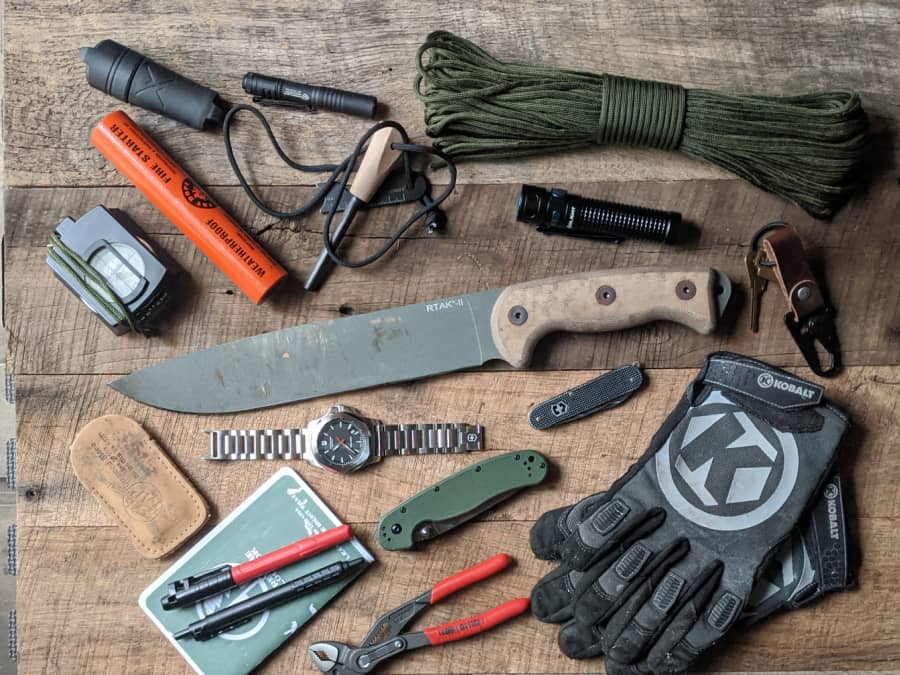
I classify a survival knife as having a blade length of 8-12″ long with a relativity thick spine. The knife should be made out of basic blade steel such as 1095 or similar. This steel option allows you to sharpen the blade with the basics of methods easily; even a stone or rock found in the woods could be used in a pinch. 1095 steel, besides being easily sharpened also can hold a decent edge for a while.
In a regular case of survival, you know where you go backpacking or camping and then an accident or emergency happens then, you are most likely more prepared with gear and supplies. I have done a lot of backpacking over the years and have spent over 60 nights outside in one year so I definitely can give you some insight into choosing the right knife and is a knife can help you survive.
It’s when we put ourselves in dangerous situations that the chance of us needing a real survival knife and other emergency gear became a reality. For me, my first pic for a survival knife is a Terävä Skrama 240. This knife has the best of all the things I want in a real, useable survival knife.
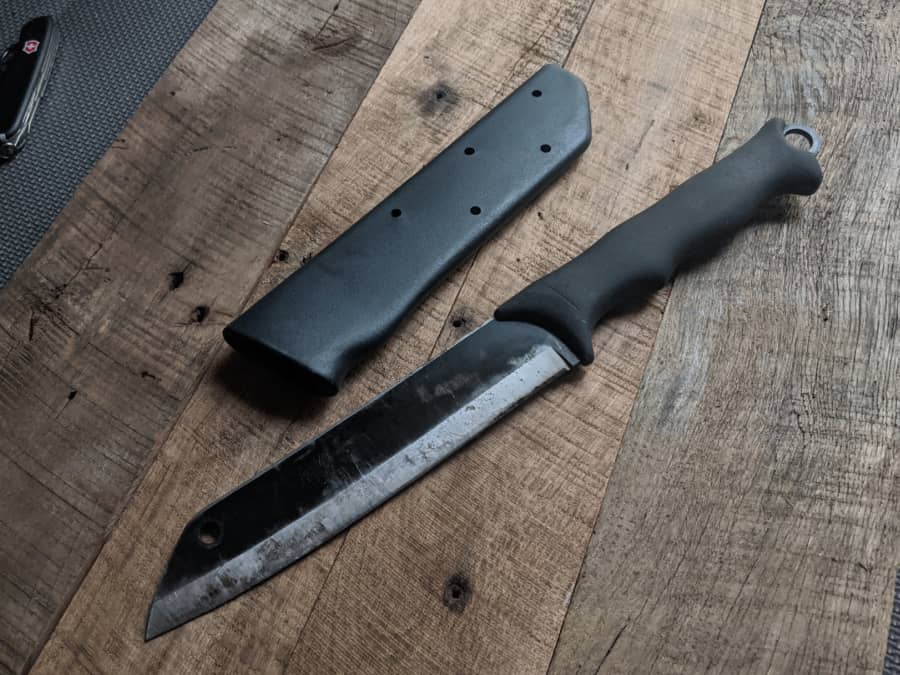
Like most camping or backcountry knives, a survival knife will have some features that make it ideal for emergencies. Let’s go over some details of your survival knife needs:
You Need A Fixed Blade
A survival knife should be a fixed blade. This ensures it will be stout and more durable and excel at things like prying and digging. When survival is at stake, you don’t want a knife that could break down. A fixed-blade survival knife is a way to go in this case. Fixed blades are more robust and reliable than folding knives because they do not have moving parts or mechanisms like hinges or locks that can fail under stress.
A 90 Degree Spine:
A survival knife should have a 90-degree spine to be used as a fire starter. The 90-degree spine or flat spine will give you a sharp edge on the back of the knife to strike a fire starter such as a ferro rod.
Average Steel Is Better:
Good blade steel, but not fancy steel. In the case of a survival knife, super steels or blended steels are not your friends in the backcountry in emergencies. Higher-end steels, while impressive, are a little finicky. For one, many super steels are harder to sharpen and prone to chipping the edge. In an emergency, you need something that can take a beating and still quickly get an edge.
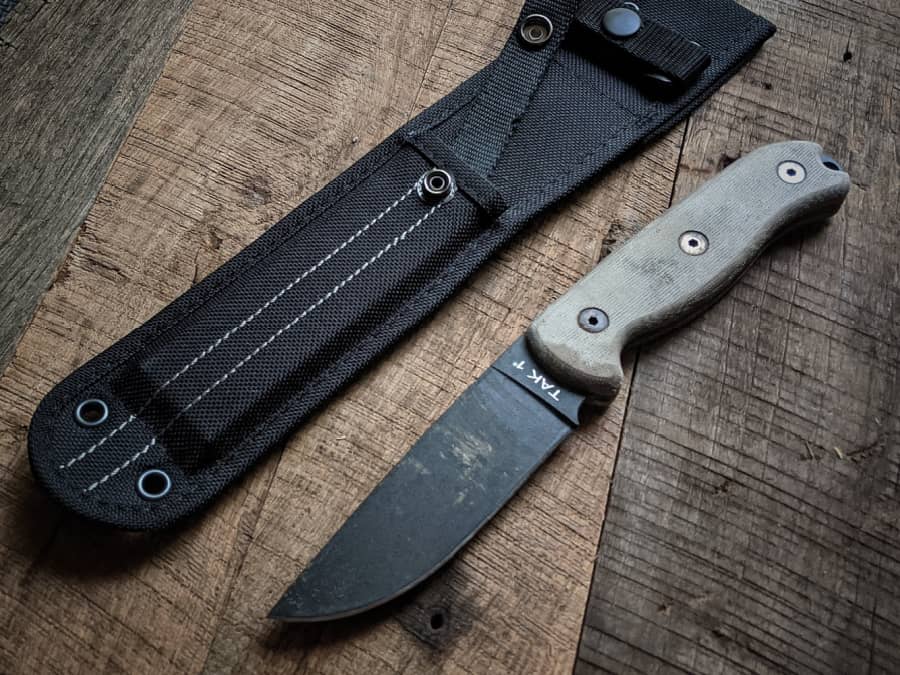
Blade Shape Matters:
The correct shape of a survival knife can make all the difference in survival. The best survival knives are those with a drop point blade style, which features an angled spine that slopes down and meets the cutting edge near the tip of the blade, providing excellent control and accuracy when slicing or skinning game. A drop point or spear point will allow you to use the knife as a spear. We have all seen Rambo fasten his knife to a stick to use as a spear, right?
A Long Enough Blade:
You can survive with many knives, but a typical survival knife will be long enough to use as a chopper. With a blade length of 8-10 inches or more, you can use the knife to chop down small trees and saplings. This length also allows you to process wood into smaller pieces for fire-making.
A Good Sheath:
This is another feature that should be obvious but is often overlooked. It would be best if you had a good sheath to go along with the survival knife. Something that will hold the knife securely as you roam around the woods looking for dinner. The sheath should easily attach to your belt or have lashing points to be secured to your pack or gear. Finally, ensure that the sheath has good retention so that it doesn’t just fall out when walking through brush or branches!
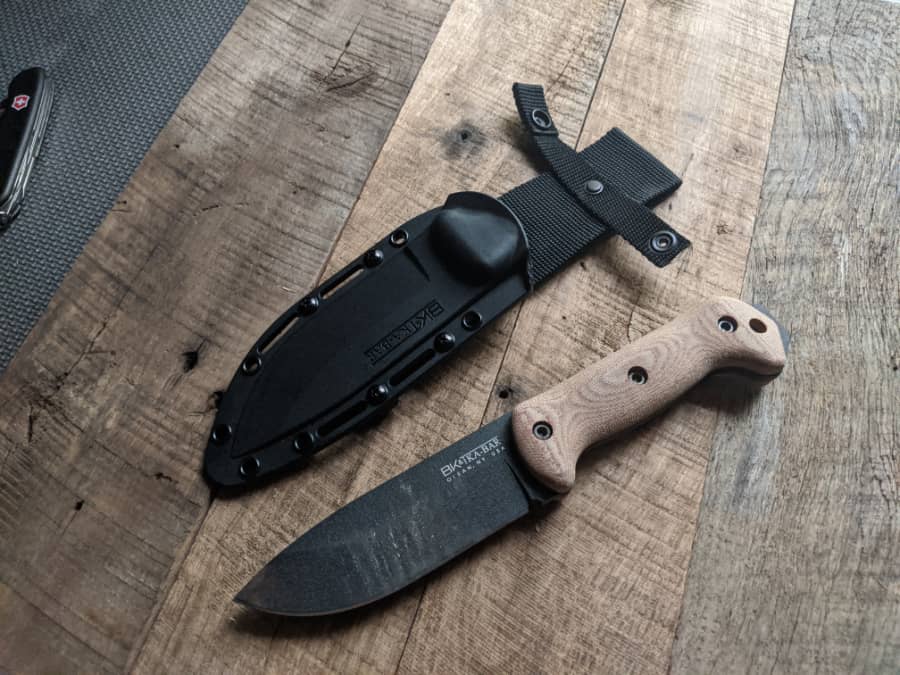
Blade Grind & Sharpness:
One thing that should go without saying is that survival knives must be sharp. A survival knife needs to be able to cut through most materials and be sharp enough for precision tasks like making traps or dressing game.
Your survival knife should come with a good edge out of the box, but you will still need to invest in some sharpening system to keep it razor-sharp when needed. As mentioned above, it must be easy to sharpen in the wilderness. The blade grind is also important. Different blade angles lend themselves to different tasks. When picking a blade, a saber, full-flat, or a scandi grind should be at the top of your list. These are suited to more bushcraft and backcountry tasks.
Durability:
Lastly, durability is important when looking for the best survival knife. You don’t want your trusty survival tool breaking on you at the most inopportune time! Look for thick, high-quality steel blades that won’t snap under stress or pressure. If you keep all the above points in mind, it should lead you to a durable knife, but do your research and don’t buy cheap knives that you may one day count on to save your life.
Survival Skills:
It will be tough to buy a knife with skills, but I am putting it on the list anyway. You need to have some survival skills and have practiced backcountry skills before you venture out. It is much harder to start a fire and build a shelter under pressure away from home in a real emergency. Make sure you know how to do these things ahead of time.
Of all the survival skills, fire starting is the most vital. Survival skills come in handy when you least expect them. Investing in a quality survival knife will go a long way toward making sure you’re ready for anything!
I will add one more factoid/opinion here. If you find yourself in an emergency, keep calm and think things through. You will need a few more things than just a good survival knife, but a reliable blade can be your foundation of safety.
So there you have it – survival knives and some features you must keep in mind. These are just what you need for survival and wilderness living situations. With these features, all you need is practice before heading into the wild! Good luck!

Blair Witkowski is an avid watch nut, loves pocket knives and flashlights, and when he is not trying to be a good dad to his nine kids, you will find him running or posting pics on Instagram. Besides writing articles for Tech Writer EDC he is also the founder of Lowcountry Style & Living. In addition to writing, he is focused on improving his client’s websites for his other passion, Search Engine Optimization. His wife Jennifer and he live in coastal South Carolina.

